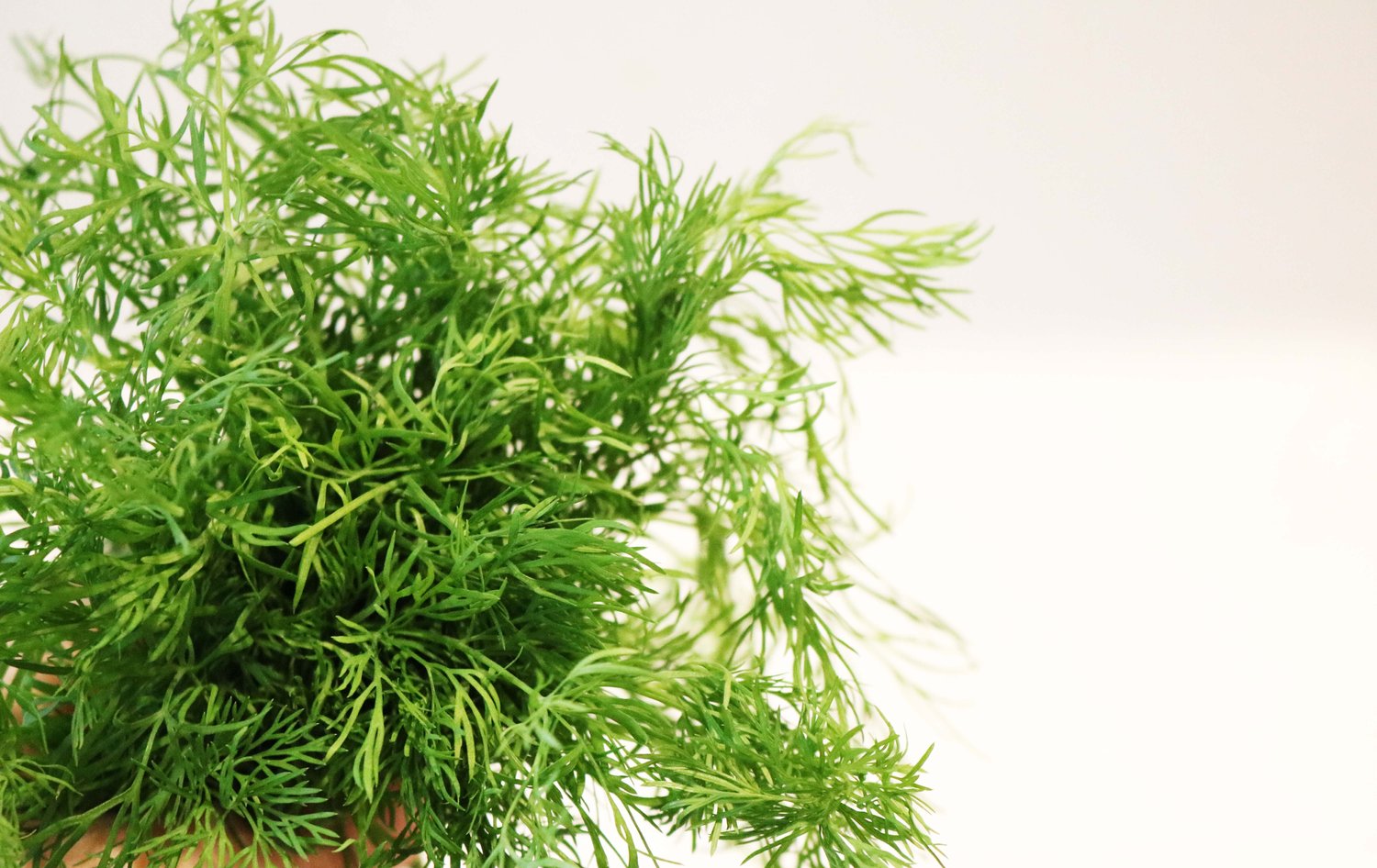Food processing machinery is experiencing some incredible innovations, from intelligent robots to energy-efficient motors for food and beverage processing. Adopting these emerging technologies in your food and beverage processing facility can provide valuable benefits, such as improved food safety, greater efficiency and higher productivity. Following are five advances in food processing machinery that are transforming the industry.
Next Generation Energy-Efficient Motors
Energy efficiency is a growing concern across all industries, and it’s not just about reducing carbon footprints. Cutting back on emissions due to power consumption is certainly important, but food and beverage companies can also experience monetary benefits from optimizing their electricity usage.
Subscribe to the Food Safety Tech weekly newsletter to stay up-to-date on the latest news and information on food safety.Today’s next-gen motors for food and beverage processing are becoming much more energy-efficient right out of the box. The rise of soft-start and variable frequency drive engines is playing a key role in these innovations.
Soft-start motors cause less stress on machinery by protecting devices from sudden power surges. They start up using a slightly lower, limited initial charge rather than a sudden full charge. This can be compared to waking up with versus without an alarm clock—the former involves waking up abruptly while the latter is less stressful. The result is that soft-start motors allow machinery to warm up more gently and ease into operation, rather than straining electrical components with a sudden influx of energy.
Variable frequency drive motors use much less energy than other motor options. Unlike variable speed drive motors, variable frequency drive motor technology is limited specifically to AC motors. A variable frequency drive allows an AC motor to change its speed by changing the frequency of the power going through the motor. A variable frequency drive is essentially a control system for machinery engines, allowing them to start up with a lower voltage drop, similar to soft-start motors, and the speed can be adjusted to fit the unique needs of specific devices and tasks.
These energy-efficient motors also tend to be smaller in volume and weight than their conventional counterparts.
Soft Robotic Grippers
Automation, including the use of robotics, in the food and beverage industry is already happening. These technologies can deliver significant benefit as businesses struggle to keep up with demand even with fewer employees. However, processing foods like pastries, fruit or bread can be difficult with robots because their stiff grippers crush soft items when trying to pick them up. Soft grippers solve this problem.
One soft gripper designed for handling delicate food items was inspired by octopi and squids. The rubber fingers inflate and deflate using pressurized air so they open and close to precise dimensions. The gripper is nimble enough to lift items as delicate as marshmallows.
Autonomous AI Robots
Not only can automation help companies struggling with labor shortages, it can also help improve food processing efficiency. Autonomous robots, often powered by AI, are incredibly efficient at performing repetitive tasks. They can get more done in less time with fewer mistakes compared to the average employee. Food processing companies can use these robots to perform repetitive, mundane tasks that don’t appeal to employees. Workers can then be reskilled, upskilled or reassigned to more engaging and important roles.
IoT Machinery Monitoring
The Internet of Things (IoT) makes food processing machinery more intelligent and inter-connected. IoT can be used in various ways in the food and beverage industry, but it is especially helpful for monitoring and optimizing operations on the manufacturing floor. Sensors collect and relay data to a central hub in real-time. That information can be used to inform automated systems or production timelines.
IoT sensors can reveal inefficiencies and bottlenecks in production, giving companies concrete goals to act on. They can be used to monitor the health of food processing machinery, allowing for predictive maintenance, which involves performing tuneups on equipment as soon as signs of a potential malfunction appear.
The agriculture industry is exploring IoT, as well. For example, farmers and water management companies are using it in conjunction with AI algorithms to improve irrigation systems, cut energy costs and improve water usage.
Automated Food and Facility Safety
Health and safety are among the foremost priorities for every food and beverage company. Technological advances are making it easier for companies to stay on top of health and safety measures.
For example, food processing and storing companies can use AI to autonomously monitor and regulate temperature, helping prevent the growth and spread of E. coli and other diseases. This is achieved using IoT thermostats that relay real-time temperature data to an AI algorithm, which keeps an eye on temps throughout the facility and makes adjustments as needed.
Food processing machinery is in the midst of some truly exciting advancements that are helping businesses in the industry provide better service, products and working conditions. Cutting-edge motors for food and beverage equipment allow companies to save money on energy costs, while next-gen robotics open the door to a wealth of automation possibilities.
With the help of AI and IoT, food and beverage companies can ensure their operations are running as smoothly as possible. There will certainly be more incredible advancements in food processing technology in the years ahead.
The post Five Advances in Food Processing Machinery Driving Growth appeared first on FoodSafetyTech.












